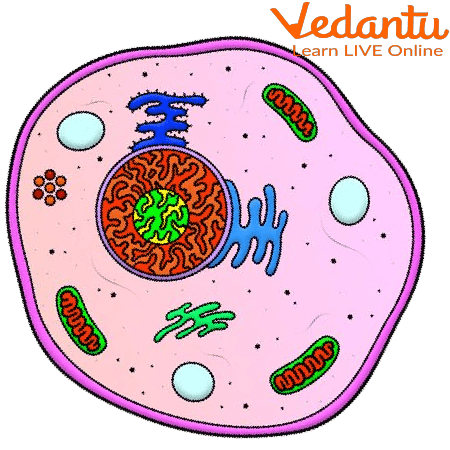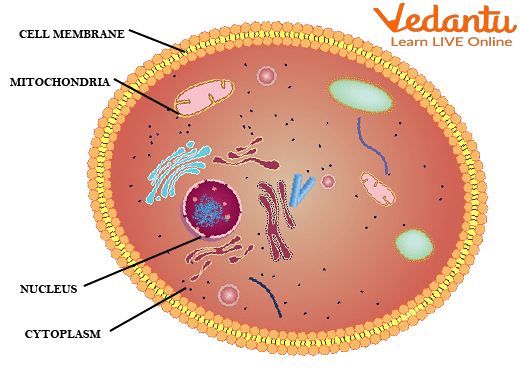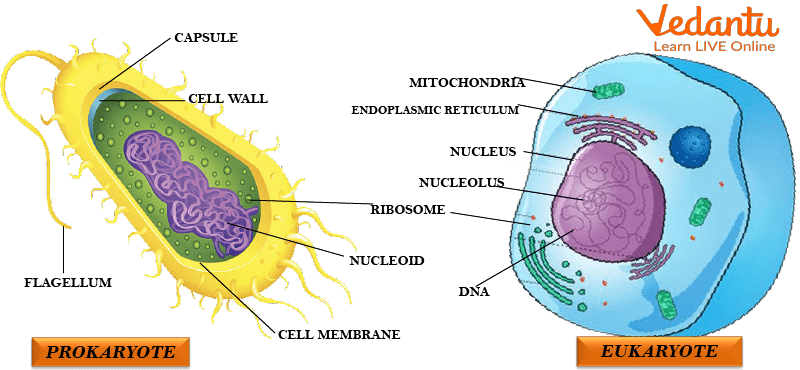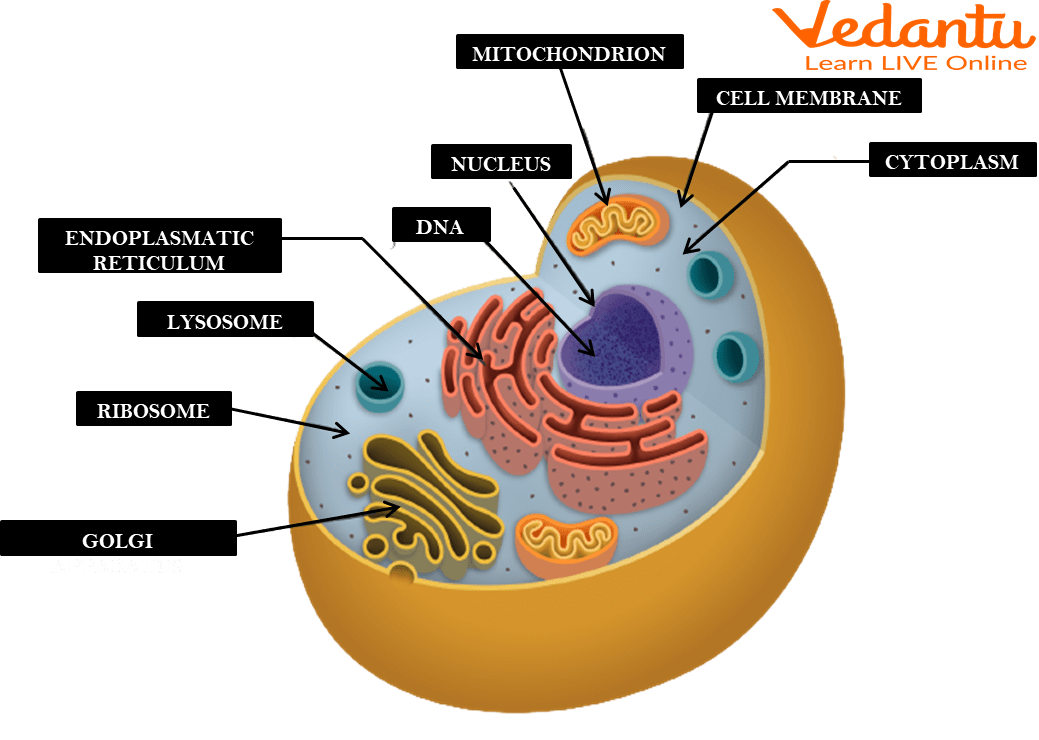




Introduction to Cell
Does it ever come to your mind how we are made? Do you know everything you see is made of a million little things called cells or molecules or atoms? Well, today you will get the answer in this article, “What is a cell?”
The smallest structural and functional unit and foundation of all living things is the cell. Yes, all the organisms on the earth are made up of cells. A cell is a basic unit for forming any organism.

A Cell
The smallest unit in biology that can sustain life on its own and makes up all living things as well as the body’s tissues is the cell. The cell membrane, the nucleus, the cytoplasm, and mitochondria are the primary components of a cell. Cell and parts of the cell will be further discussed here.
Define Cell Biology
The study of the structure, function, and behaviour of cells is known as cell biology. Cells are the building blocks of all living things. A cell is the smallest unit of life and is responsible for organisms' survival and function. The study of the structural and functional units of cells is known as cell biology.
Parts of a Cell
The main parts of the cell are:
Cell Membrane: A covering outside the cell that regulates what goes in and out of the cell. It also provides some shape to the cell.
Nucleus: The most crucial organelle in the human cell is the nucleus which regulates all functions and processes of a cell. It contains the genetic material or the DNA of the human cell.
Cytoplasm: The cytoplasm is where the rest of the cell's components float around. It's largely made up of water.
Mitochondria: This is where a cell's energy comes from. Food that has been digested in the human body reacts with oxygen in the mitochondria to provide energy for the cell.

Parts of a Cell
Basic Types of Cell
A cell is an essential part of a living organism (plant and animal). Cells form an organism but an organism can be formed from a single cell or many cells. For example, a bacteria is made up of a single functional cell and hence is called a prokaryotic organism while a dog is made up of millions of such cells and is called a eukaryote.
Prokaryotic Cell
A prokaryotic cell is a small, basic cell that lacks a nucleus. Prokaryotes are very small organisms that cannot be seen by the naked eye.
How else do we see them then? We see them under instruments like microscopes.
The parts of the prokaryotic cell are the cell wall, cell membrane, flagella, nucleoid, cytoplasm, and ribosomes.
Eukaryotic Cell
These cells are the more complex ones, with more organelles. These are the kind of cells present in animals and plants.
Here are some of the most common components found in many cells: Mitochondria, Ribosomes, Nucleus, Cytoplasm, and Lysosomes.

Eukaryote and Prokaryote
Human Cell Structure
A human cell structure is a complex one and cannot be defined in a few lines. A human cell is a eukaryotic cell and hence has similar features as eukaryotic cells. There are many different types of cells in human-like skin cells, hair cells, liver cells, mucosal cells, etc.

Human Cell Structure
Functions of Cells in the Human Body
There are many different types of functions of cells in the human body and some of them are mentioned below:
Cells in the intestine help to absorb the nutrition provided by food.
Human blood cells help deliver oxygen to organs and fight against infections.
Nerve cells of sensory organs help to sense things around us and react to them.
Skin cells form the skin barrier and are protective in nature.
Muscle cells help us perform various movements with the help of muscles.
Difference Between Eukaryotes and Prokaryotes
Summary
Every living thing in the world is made of tiny cells we cannot see with naked eyes.
Eukaryotic cells are almost 10 times larger than prokaryotic cells. Organisms having eukaryotic cells are called eukaryotes while the organisms with prokaryotic cells are called prokaryotes.
FAQs on Parts of a Cell
1. Why is a cell so crucial for life?
A cell is the basic unit of an organism. Each cell has a function, and together with many other cells working for the same function, they form a tissue. Several tissues make up an organ and all the organs combine to make an organism, an organ system that is fully functional to survive. From bacteria to humans, cells give all living things their structure and functionality. They are regarded as the tiniest form of life by scientists. The biological machinery that creates the proteins, chemicals, and signals necessary for every process in our body is housed within cells.
2. How do you tell if a cell is prokaryotic or eukaryotic? Why is it important to know the difference between prokaryotic and eukaryotic cells?
We can tell if a cell is prokaryotic or eukaryotic by looking at the nucleus of the cell as eukaryotic cells have a nucleus but prokaryotic cells don’t have a nucleus. It will be more clear by looking at the difference between them.
Prokaryotic Cell: A prokaryotic cell is an early cell formed of very few organelles and has a straightforward structure. It lacks a nucleus and the genetic material floats in the cytoplasm. Examples include bacterial cells.
Eukaryotes Cells: The eukaryotic cell consists of the cell wall, vacuoles, chloroplast, plastids, etc.
An example of a eukaryotic cell is that of a human cell. An animal cell of eukaryotic type has a nucleus, enclosed by a double nuclear membrane hosting in it the genetic material.
It is important to know the differences between prokaryotic and eukaryotic cells; it allows us to control disease-causing bacteria without harming our own cells.
3. What makes a cell alive?
All living organisms (whether they are bacteria, archaea or eukaryote) share several key characteristics, properties or functions: order, sensitivity or response to the environment, reproduction, growth and development, regulation (including homeostasis), energy processing, and evolution with adaptation.









